
January 22, 1944 – The 3rd Infantry Division’s D-Day at the Anzio Italy Beachhead
January 22, 2024
Good-bye to “Ask Dr Walt” after four seasons on LiftableTV
January 26, 2024A newly discovered eyewitness account of my father’s last WWII battle in which he lost his leg and almost his life
Two weeks I posted an article about my WWII book, At First Light, in which I mentioned that my father, Major Philip B. Larimore, Jr., one of the youngest and most highly decorated Army officers in Europe in the war, had been labeled by a captured German officer as, “The man that bullets couldn’t stop.” Several contacted me for more details. So, here they are.
I did not have this eyewitness account when I was writing the book. It was sent to me in a packet from the National Personnel Records Center (NPRC) in St. Louis. But, it is the most detailed account I have of the battle in which my father lost his leg (and almost his life) and was awarded the Distinguished Service Cross and his 3rd Purple Heart.
For those of you who have read the book, you will see several minor items in this account that would have changed what I wrote — but nothing that changes the magnitude of what Dad did that fateful day.
“The man that bullets couldn’t stop”
I, Carroll McFalls, Jr., Major, ASN 0-1294510, Tactical Section, Academic Department, The Infantry School, hereby certify that the following statement Is true to the best of my knowledge and belief:
On 7 April 1945, the 3d Battalion, 30th Infantry captured the town of BAD KISSINGEN, Germany. (at the time and during the action described herein, I was the S-3 of the 3d Battalion.)
During the night of 7 April, the Battalion received orders from the Regimental Commander, Colonel Lionel C. McGarr, to resume the attack at dawn on the morning of 8 April 1945. Accordingly, Company K was ordered to take the town of REITERSWIESEN, located about one mile southeast of BAD KISSENGEN(sic), and secure it for a Line of Departure for the coming attack. This was accomplished.
At about 0600, 8 April, Company L, commanded by Captain (then Lieutenant) Phillip B. Larimore was ordered to prepare his Company for the attack and to report to the Battalion Commander and myself on the LD.
Captain Larimore arrived about 0645 and was ordered to attack up the left fork of the road and capture a main road junction. Prisoners had reported an artillery battery emplaced near the RJ [road junction] and a considerable number of enemy infantry in the surrounding woods.

At about 0845 Captain Larimore, reinforced by a section of tanks, moved his company out. Almost immediately small enemy outposts and delaying forces opened fire on the point platoon, thereby slowing down the advance of the entire unit.
As it was desired to capture the RJ [road junction], and the artillery battery if possible, Captain Larimore had been ordered to proceed with all possible speed. Aware of the Battalion Commander’s desires, Captain Larimore quickly moved to the head of his company.
Completely disregarding the considerable amount of small arms fire being delivered, Captain Larimore by personal example, moved his leading platoon into the assault.
Because of his vigorous efforts, the enemy quickly ascertained that he was a commander and redoubled their efforts to destroy him.
Captain Larimore, completely disregarding the fire, so inspired his men that they took the enemy position, killing some enemy and capturing a number of prisoners.
The attack was continued through the woods against scattered resistance from a stubborn foe.
Captain Larimore moved at the head of his company throughout the advance, strenuously directing the attack.
At one time during the morning it was necessary to rout the enemy, estimated to be about two platoons supported by automatic weapons, from a small clearing aside the road. Effectively utilizing his tanks and personally directing the fight, Captain Larimore reduced the enemy position.
So stubborn was the resistance, it was necessary to engage in some hand to hand fighting, of which Captain Larimore was the center.

During the melee, Captain Larimore killed a German officer at point blank range with his pistol.

At this point the resistance ceased and about twenty-five enemy were made prisoner.
The attack continued to the objective, the RJ, with such speed that the enemy withdrew, leaving behind two 150-mm howitzers and several rifles, packs and a considerable amount of ammunition. Captain Larimore formed a hasty defense line about the RJ and sent patrols out.
At this time, about 1230, the Battalion Commander and myself moved up to the RJ and confirmed with Captain Larimore. He reported that his patrols had discovered Germans in the woods manning two hasty defenses.
At approximately 1330 hours. we received an order from Regiment to send a patrol along the left fork of the RJ to attempt to contact the 15th Infantry, who were attacking on our left flank. The mission was given to Company L.
The patrol was dispatched and about 1530, Captain Larimore reported by radio that the patrol was surrounded. The patrol had attempted to penetrate the German line.

I went to Company L’s CP (command post) and there found that Captain Larimore had taken a tank and the artillery forward observer and had gone to the assistance of his patrol.

I then proceeded down the left fork of the road, keeping to the ditch, for about 150 yards. There I saw Captain Larimore on the rear of a tank firing at the woods to our front. He was about 200 yards to my front.

Captain Larimore was operating the 50 Cal MG mounted on the tank. Despite tracer bullets which struck the tank within inches of Larimore he cooly continued to fire, changing ammunition boxes regularly and inflicting casualties on the enemy.
I saw Captain Larimore leap or fall from the tank. The enemy fire at the time was very heavy. About this time the tank came back to my position. The tank commander reported he was out of ammunition and he also reported he had seen Captain Larimore fall near the edge of the woods and thought he had been killed.
I reported to my battalion commander and he ordered the remaining tank and some reconnaissance 1/4 tons that had just arrived to attack the enemy and get Captain Larimore out. He also took a platoon from Company L to assist in the attack.
The Battalion Commander led the force, and we proceeded under heavy fire to the position where Captain Larimore was lying. It was now approximately 1630 hours.

As we approach the position, the enemy fire ceased and a German officer and about thirty men came out of the woods and surrendered.
Captain Larimore was lying about fifty yards from their position and a dead German killed by himself was lying about ten yards from him.

Captain Larimore had been hit in the leg just below the knee, the bullet shattering the bone. He also had two bullet scars on his helmet and his canteen had been penetrated by another bullet.
Upon questioning the German officer, he stated that had not the tank with Captain Larimore on it appeared at the time; his force could have destroyed the entire patrol. As it was, the patrol pulled out under Captain Larimore’s fire with the loss of only one man killed and a few wounded.
The officer further stated that his men were demoralized at the appearance of the man on the tank that bullets could not stop.
This entire days action, which costs the leg of a brilliant young officer, was an inspiration to the entire Battalion.
Captain Larimore displayed qualities of leadership and personal bravery which became a model for the Company Commanders, even every officer and man, in the Regiment.
He, knowing the importance for speed and aggressiveness, personally led his Company in a brilliant, successful attack.
Combining all the arms under his command with personal bravery of the highest order, Captain Larimore led his Company by personal example.
Then, realizing the need for a speedy diversion to extricate a trapped segment of his company, Captain Larimore, himself, deliberately became that diversion, paying no heed to his own personal safety.
Largely through the efforts of this one man the Battalion was able to complete their assigned mission, capturing two 150-mm howitzers and about 150 enemy soldiers, killing about twenty and securing a vital RJ.
Captain Larimore’s action reflects the greatest of credit upon himself and the military service and was an inspiration to all who knew of it.
CARROL McFALLS, JR.
Major, Infantry
Dad, I’ve always loved being you son, but now, more that even, I’m truly honored to be,

The Distinguished Service Cross being awarded to Dad

The DSC is the Army’s 2nd highest valor award
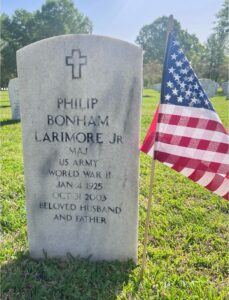
© Copyright WLL, INC. 2024



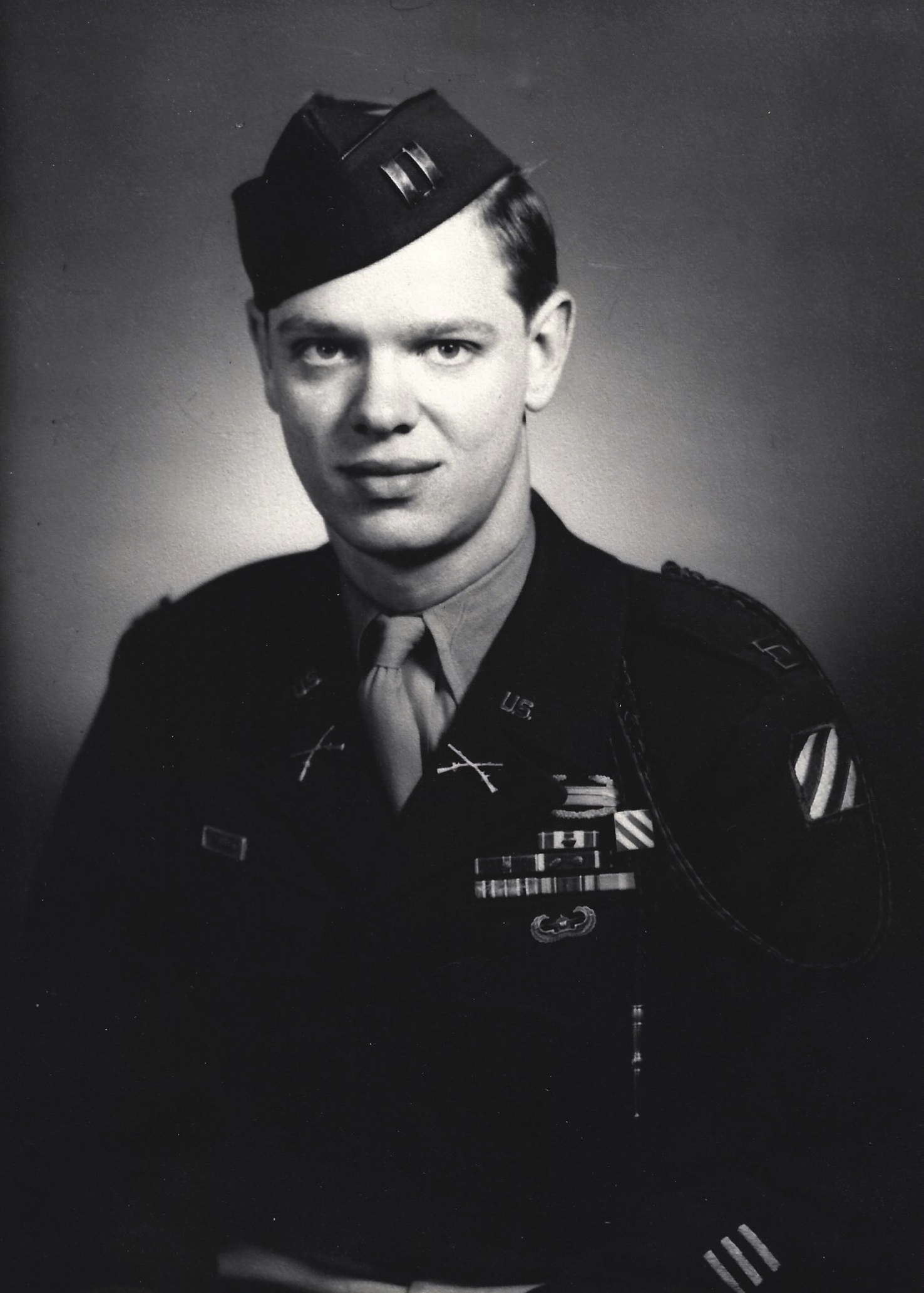


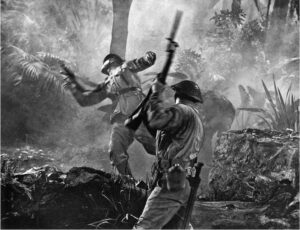
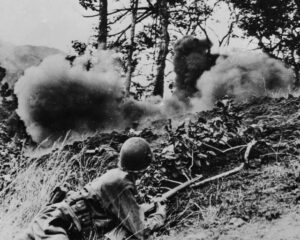
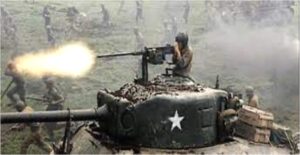
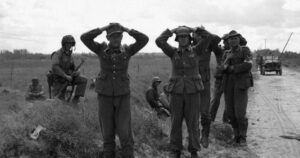
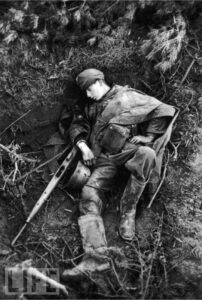


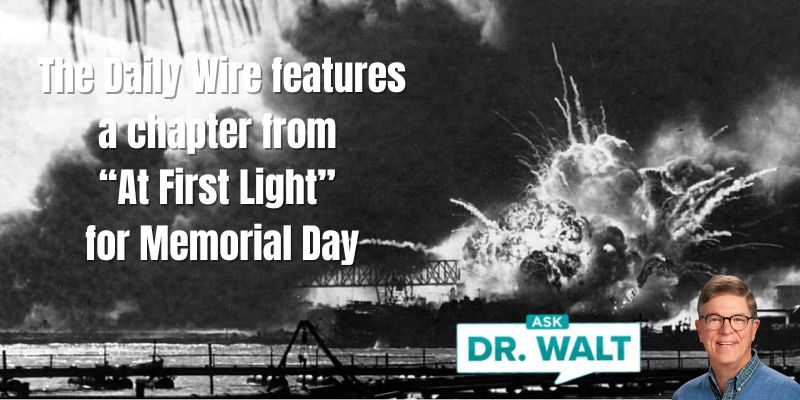
4 Comments
Again, as in the book, a riveting story of a true leader and hero! This story should be read by not just the military, but leaders in any field.
Lead from the front with passion!
Jim,
Your kind words and feedback are an inspiration, encouragement, affirmation, and blessing. Thanks!
Walt
Always inspired by this account. Thank you for sharing your family details. Blessings to your family.
Kayla,
Your kind words and feedback are an encouragement, affirmation, and blessing. Thanks.
Dr. Walt